Gigantic, deep and mysterious, the oceans of the world remain fascinating things. Covering 70% of our entire planet, they affect the weather, play a part in how hot and cold we get and keep both animals and humans all over the globe alive.
But get this: more than 80% of the ocean is still unexplored! Luckily, there’s still plenty that we know about the waters covering our world. And since you’re reading this, we’re guessing you’re ready to learn all about it?
Let’s take a look at everything you need to know about the world’s oceans, including how many oceans there are and what the deepest part is, below…
How many oceans are there in the world?
There are five oceans in the world. Let’s explore them in more detail here…
Pacific
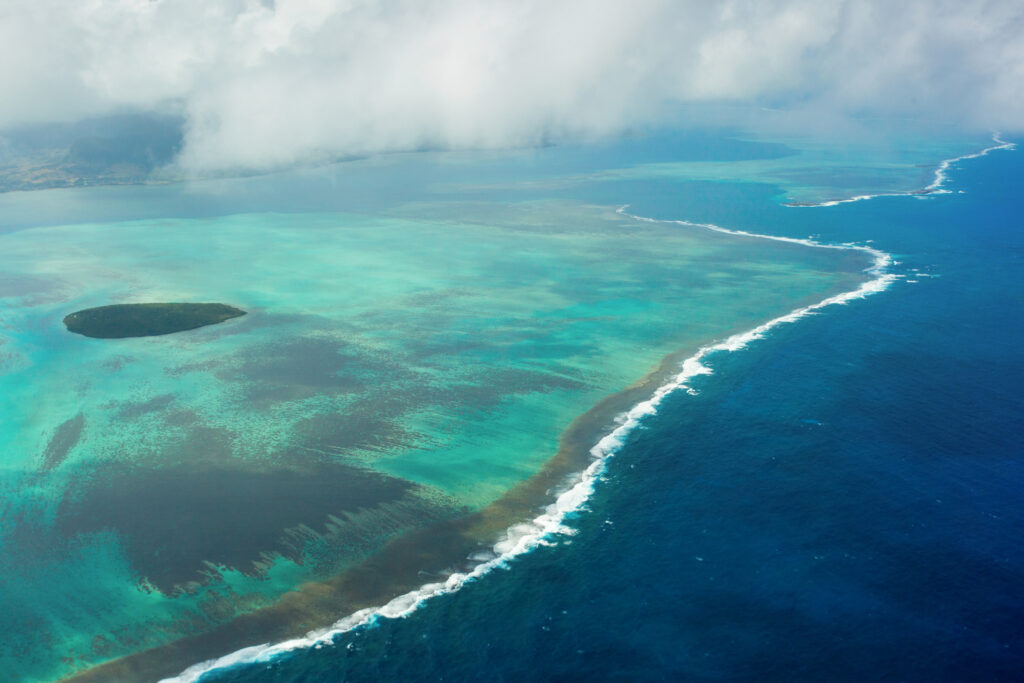
The largest ocean in the world, the Pacific Ocean measures in at 168,723,000 square kilometres and covers around 45% of the globe. It stretches along the western coast of the United States all the way to Southeast Asia, the eastern side of Australia, and the west coast of South America.
It’s also home to the deepest place on Earth: The Mariana Trench, which is deeper than 11,000m!
Atlantic
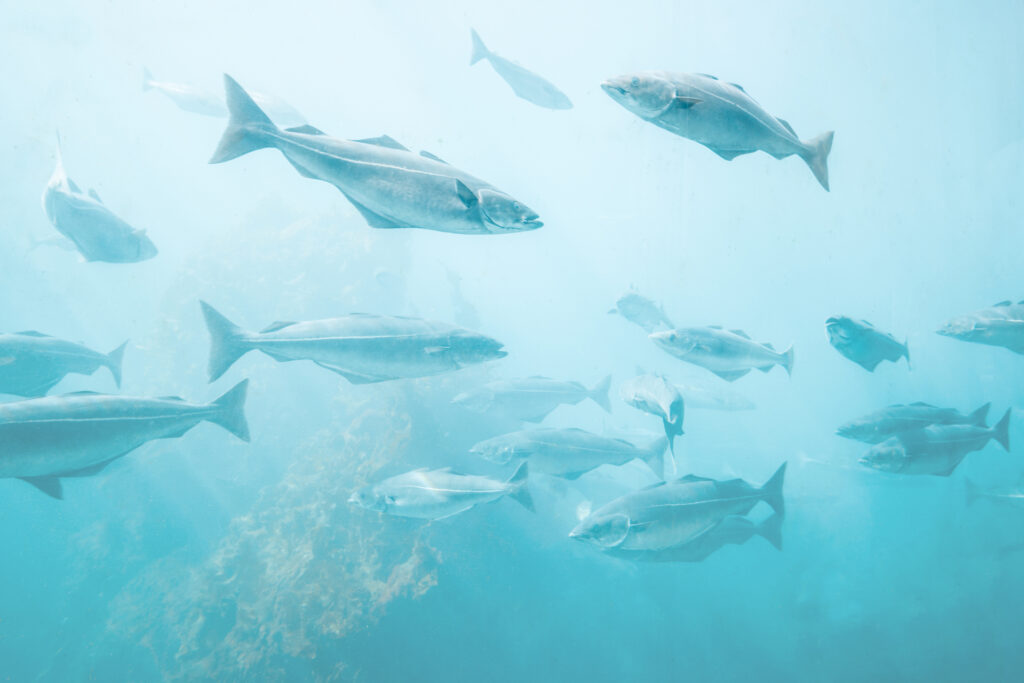
The second-largest ocean, the Atlantic Ocean gets its name from Greek mythology’s Sea of Atlas. Atlas was a Titan made to hold Earth on his shoulders forever. Phew!
With an area of 85,133,000 square kilometres, the Atlantic makes up about 23% of the world and can be found between Africa, Europe, the Americas, the Arctic and the Southern Ocean.
Indian
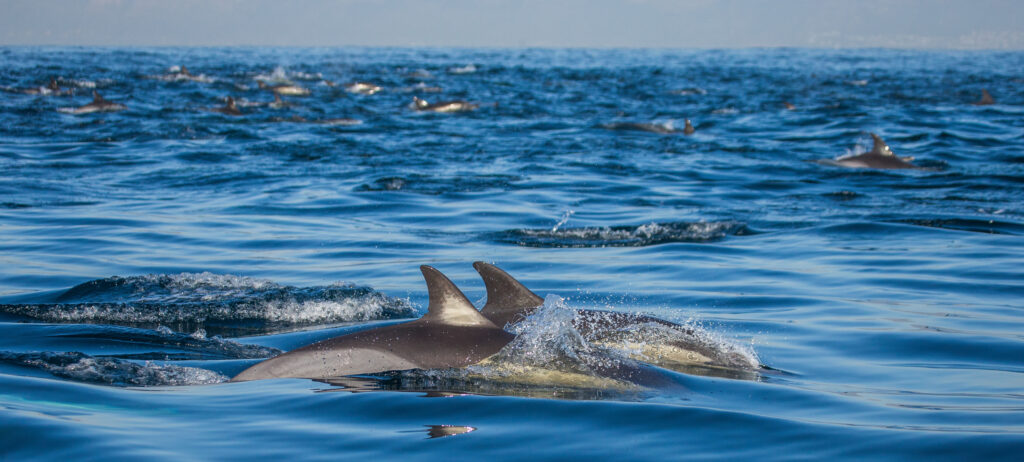
Taking up roughly 70,560,000 square kilometres, and making up 19.8% of the water on Earth, the Indian Ocean is the third largest ocean in the world.
Located on the borders of southern Asia, and separating the continents of Africa and Australia, the Indian Ocean’s location make it the warmest of all the oceans. For this reason, a key food source for a lot of marine animals, known as phytoplankton, find it hard to grow here.
Southern
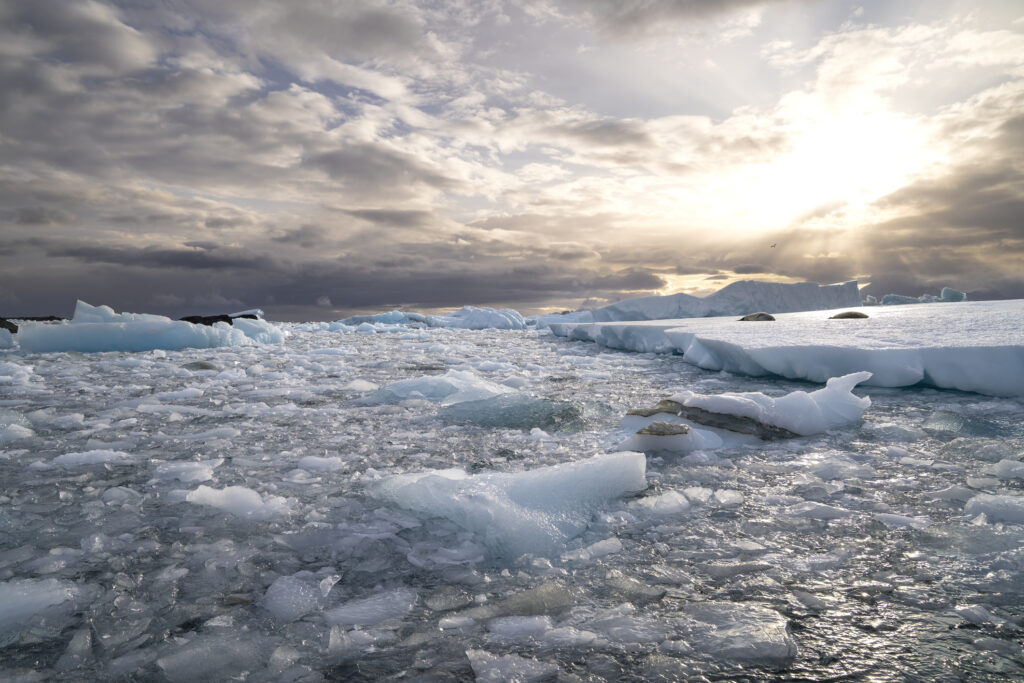
Measuring 21,690,000 square kilometres and making up only 6% of the world’s oceans, we’re starting to get much smaller, but we’re getting colder too. Since it’s located around Antarctica, icebergs can be found in its waters – sometimes hundreds of metres high. Along with the cold, the strong winds that blow around the Antarctic continent, are what give the water its deep blue colour.
It’s also the youngest of the five oceans: it was only recognised as an ocean in the year 2000.
Arctic
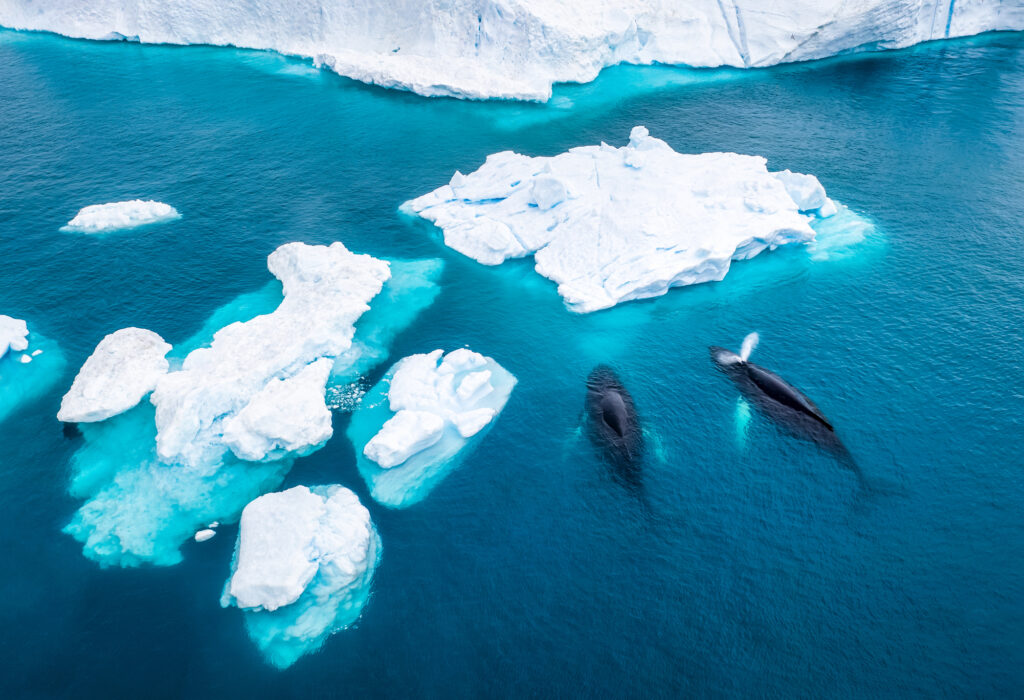
At 15,558,000 square kilometres and accounting for only 4% of the world’s ocean area, the Arctic Ocean is the smallest ocean in the world. It’s also the shallowest and the coldest; even in the summer only half of its surface melts! But despite its small size, it’s derived from the word ‘arktos’ which is Greek for bear – that sounds pretty mighty to us!
In the past, the Arctic Ocean was covered in ice all year round, but this is no longer the case. For this reason, the region is a concerning one for many. Right now, it’s warming up twice as fast as the rest of the planet. This melts the ice caps that many of the animal life here call home, endangering them as a result.
This causes another problem. Since the Arctic helps to regulate the temperature of the entire world, the more that Arctic ice melts the warmer our world becomes.
One Global Ocean
Despite all of the above, these oceans are all actually part of one enormous body of water known as the Global Ocean, or simply the Ocean.
By the way, an ocean is different from a sea. Seas are smaller and are part of an ocean. Usually, they’re either partly or completely enclosed by land – they can be found where an ocean meets the land.
How did the ocean form?
So where exactly did all that water first come from? Here’s a little history lesson (with some science thrown in for good measure)…
When the Earth first formed about 4.6 billion years ago, it gradually separated, becoming layers of lighter and heavier rock. This lighter rock rose and became the Earth’s crust, the heavier rock, meanwhile, sank and formed the Earth’s core and mantle.
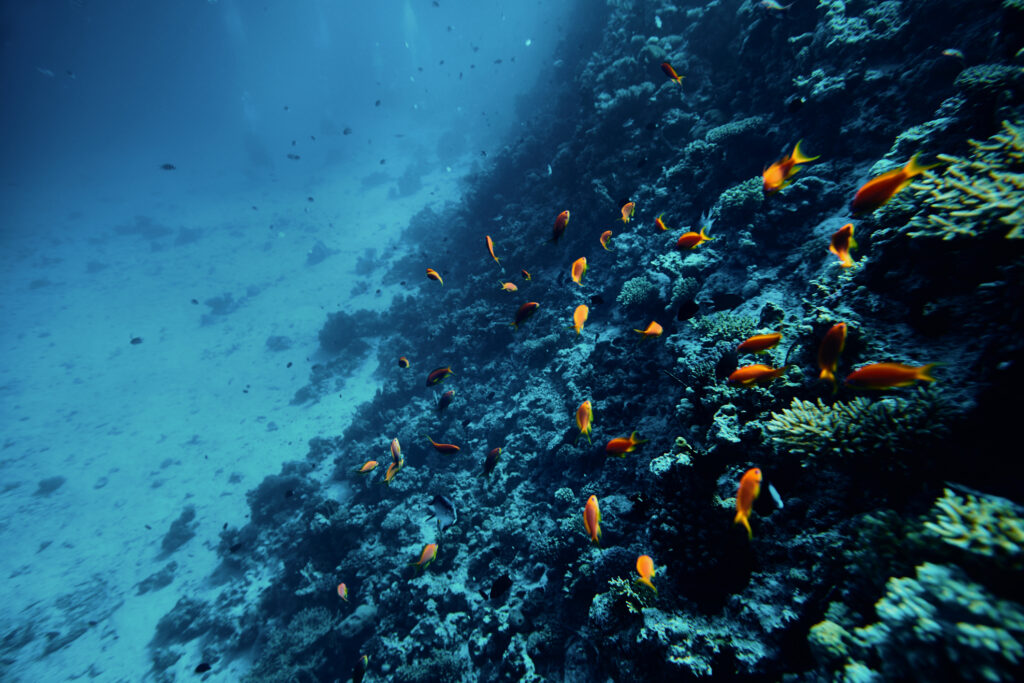
The rocks creating the Earth were filled with water, and as these molten rocks cooled, they released water vapour and other gases. After a while, this water vapour condensed, and the beginnings of a basic ocean started.
Nowadays, the hot gases from inside the Earth are what continue to produce new water at the ocean’s bottom!
What animals can be found in the ocean?
Each of the five oceans is home to some fascinating ocean animals. Let’s take a look at a few of them below.
Pacific
Perhaps the most dominant resident of the Pacific is the killer whale. Sometimes known as the orca, they’re also the largest member of the dolphin family (despite their killer whale name). Male killer whales are bigger than females, but they’re both equally fearsome – in fact, they don’t have any natural predators to worry about feeding on them.
Atlantic
The biggest mammal found in the Atlantic Ocean – the biggest mammal ever, actually – is the blue whale. As big as 100 feet long and weighing as much as 30 elephants, even when they’re first born, they’re much bigger than adults of other animal species. They’re also the loudest animals on the planet. While a jet engine registers at 140 decibels, a blue whale’s call comes in at 188 – loud enough to be heard 1000 miles away!
Indian
Found in the Indian Ocean, humpback whales are fascinating creatures. For one, they can sing songs (of sorts) that can last as long as 30 minutes. Ranging from high-pitched squeals to low rumbles, it’s thought that males do this to attract the females of the species. Speaking of, mothers and their young usually swim close enough so that their flippers touch – and it appears this is an affectionate gesture.
Southern
The world’s largest invertebrate dwells in the Southern Ocean: the giant squid. Reaching 20 metres in length, the giant squid is a bit of a mystery. Since it makes its home in the deep sea, it’s been difficult to study it in the same detail as other marine life. Still, we know they have the longest tentacles of any squid, they can regrow these tentacles, and they even have the largest eyes in the world.
Arctic
Of course, there are many polar bears that live on the ice of the Arctic Ocean. And though they look cute, they’re made of seriously stuff tough – they have to survive in the planet’s harshest conditions! Weighing as much as 680kg and measuring over 2.5m long, they’re the largest living meat eaters. They’ve got plenty of stamina too and can swim for days at a time if they want to!
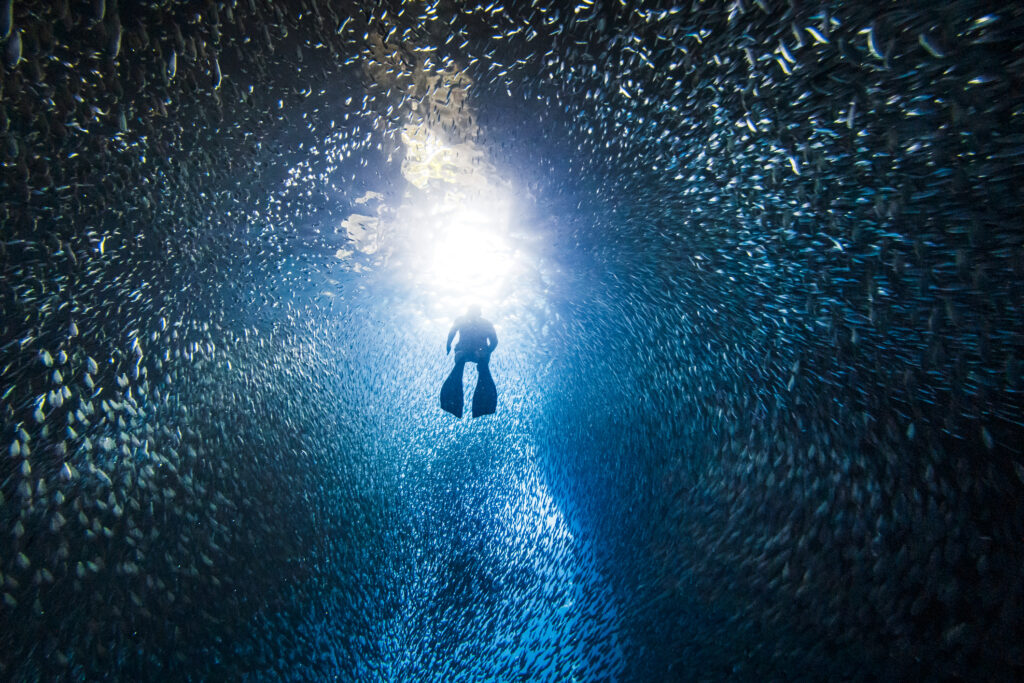
Fun facts about the ocean
- Although the Pacific Ocean was named after Portuguese explorer Magellan found it so peaceful, it’s actually anything but – typhoons and hurricanes are very common in the area it covers.
- Around 70% of the oxygen we breathe is produced by the world’s oceans.
- There are said to be more historic artefacts under the sea than in every museum in the world.
- 94% of the Earth’s living species exist in the oceans – that means the majority of life on this planet is aquatic.
- It’s possible to find rivers and lakes beneath the ocean. This is because when salt water and a compound called hydrogen sulfide combine, it forms a lake or river beneath the sea since it’s denser than the water around it.
- Around 50% of the United States lies beneath the ocean.
